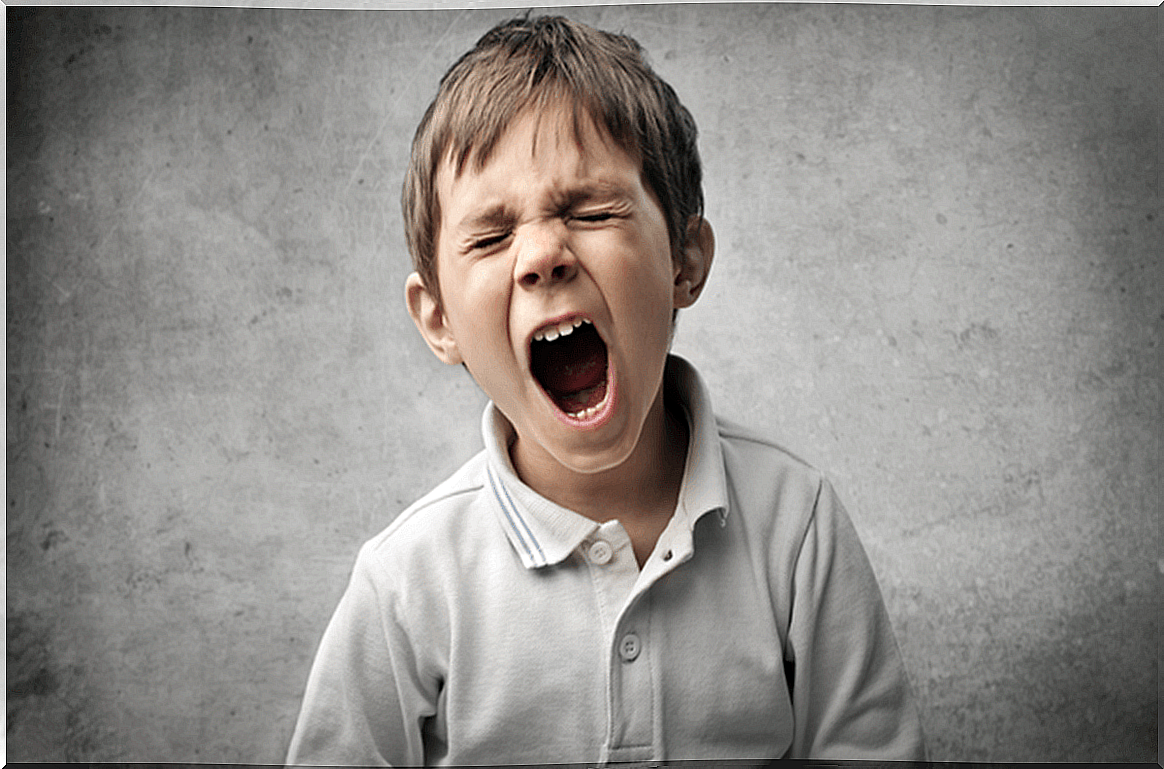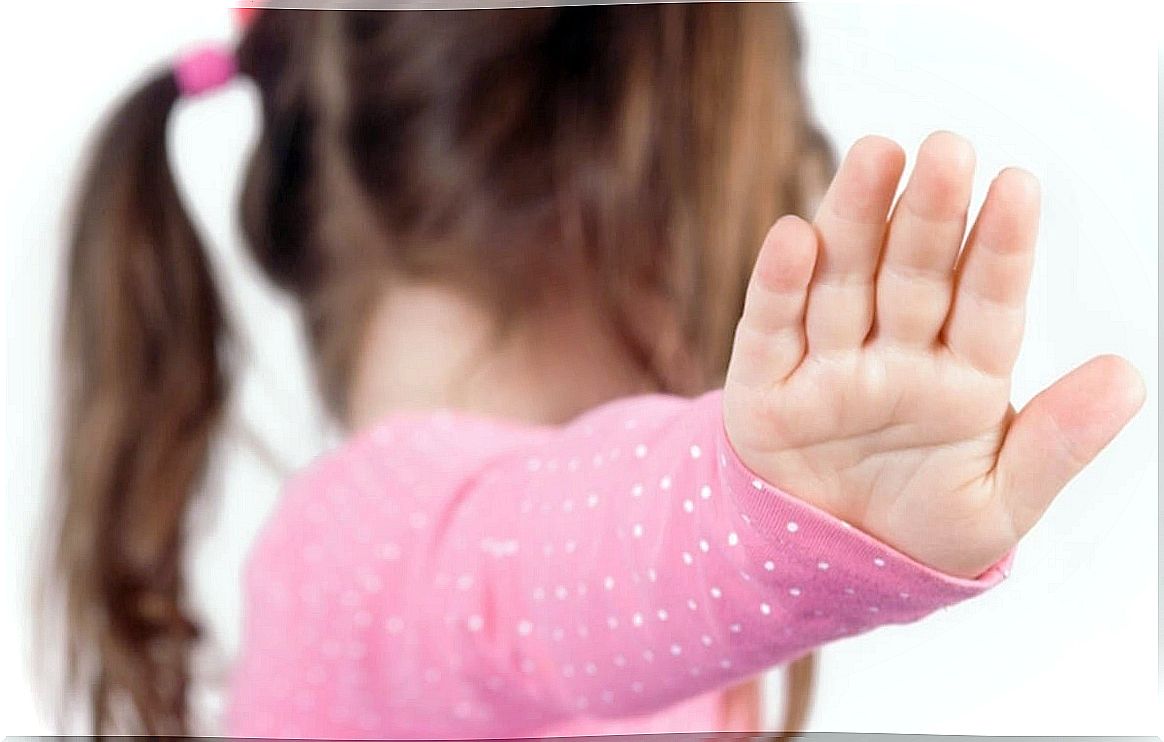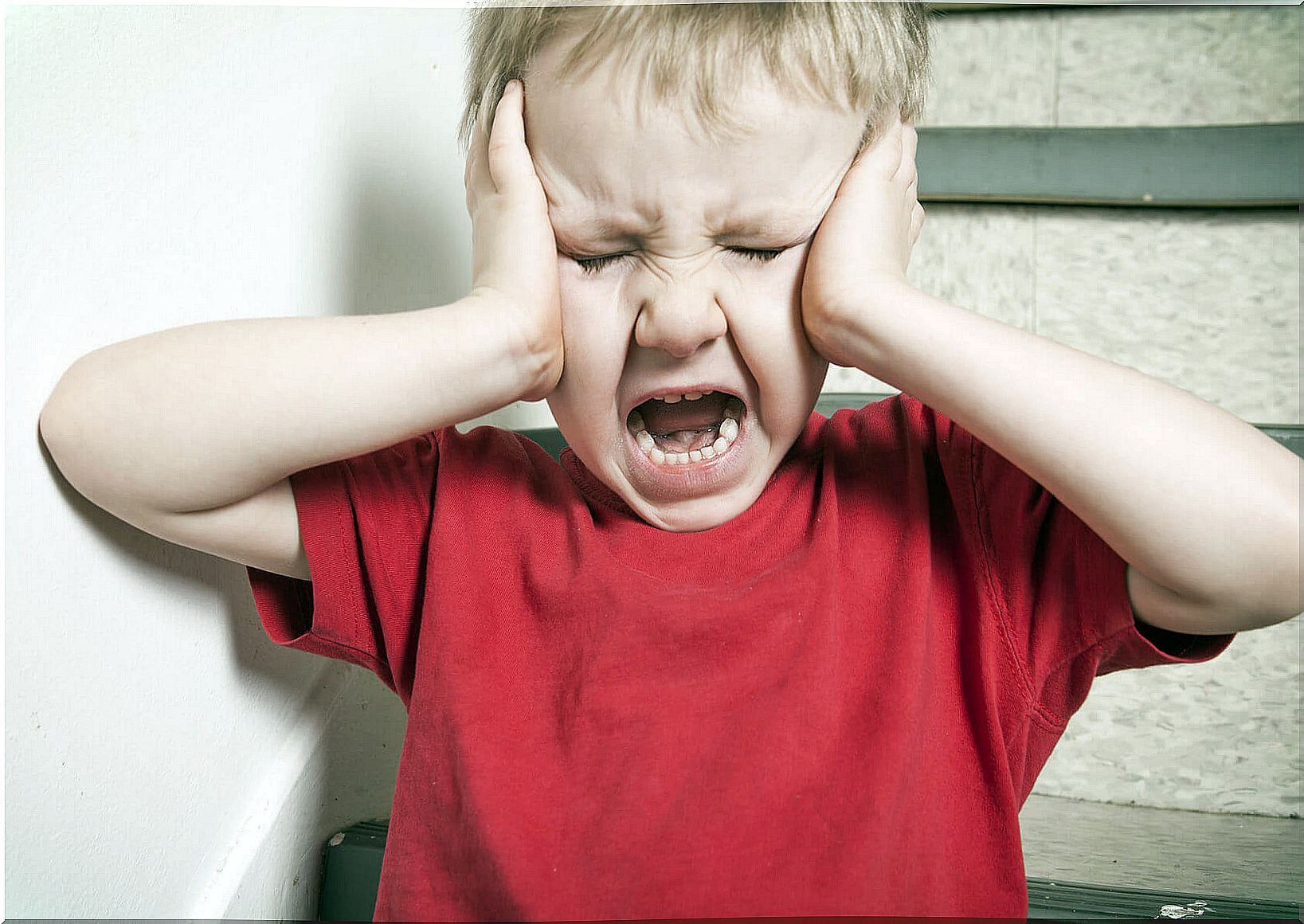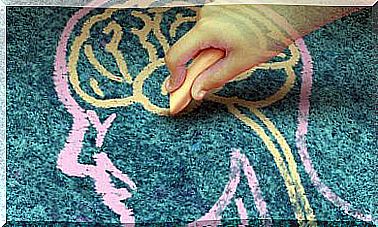Externalizing Disorders In Children: Types And How To Treat Them

Externalizing disorders are frequent among the child and adolescent population. We talk about realities, such as impulsive and defiant behaviors, antisocial behaviors, disobedience, and even low tolerance for frustration. They are, without a doubt, very complicated situations to handle and with a high impact both in the classroom and within many families.
All these conditions that have an emotional and relational basis with the environment of the child or young person are usually categorized into internalizing or externalizing disorders (Achenbach et al., 1983; Quay et al., 1987). Thus, while the former refer to excessive attachment, fears, somatization, childhood depression, shyness, shame or feelings of inferiority, the latter trace just the opposite.
They are maladaptive behaviors that, sometimes, if not treated at an early age, lead to serious problems in adulthood. An example may be the case that externalizing behaviors lead at some point to drug use or criminal acts. We analyze it.

Types of externalizing disorders
To this day, it is not yet entirely clear what is the trigger for the appearance of externalizing disorders. However, studies such as those carried out at the Sapienza University (Rome) indicate that there is a positive correlation between alcoholism in parents and the appearance of externalizing behaviors in children. Although we could also talk about many factors.
Parenting, education, the child’s social environment and even neurological triggers are also aspects to consider. Now, beyond what originates them, there is the problem of how to approach them. Because there is an undeniable fact: many of these impulsive, defiant and aggressive behaviors are related to school failure and social exclusion. They are, therefore, realities that we should be more aware of.
Let us therefore know how many types of externalizing disorders exist.
Children and teens with ADHD may have trouble focusing their attention and sometimes also controlling impulses. This causes them to act without thinking numerous times or show excessive activity. Today there are different ways to treat this condition and, sometimes, the results are good.
However, if they do not receive adequate and comprehensive care, it is common for them to suffer from school delay.
Oppositional defiant disorder (ODD)
The DSM V ( Diagnostic and Statistical Manual of Mental Disorders) integrates oppositional defiant disorder (ODD) in the section on disruptive, impulse control and behavior disorders. It generally defines that child who is uncooperative, protesting, and always defiant.
His negativity and clear hostility cause serious problems at the family and school level. Its main characteristic is to oppose any authority figure. This condition is the most illustrative of externalizing disorders because, in general, it tends to lead to antisocial behaviors.
Behavioral disorders
Behavioral disorders in children and adolescents encompass a large number of behaviors. All of them problematic, complex and, in general, of great impact on their social environment. They usually appear already between 3 and 4 years, to gain in intensity as they grow in case of not establishing management and containment mechanisms.
In general, conduct disorders present with these manifestations:
- Frequent anger. They are children who are always irritable.
- They answer with high disrespect.
- They are reluctant to obey and may respond with kicking and yelling.
- They are children who fight constantly at school.
- They lie continuously, they load the blame on others.
- They are not responsible for their tasks.
- Little resistance to frustration.
- They can be violent with animals.
- They can commit petty theft.
- Running away from home can sometimes be commonplace.
When they reach adolescence their behaviors can be more serious.
The t
- Intermittent Explosive Disorder is characterized primarily by short, sudden bursts of anger and aggression. They arise without any explanation and they cannot control it.
- In these fits of anger they can hit objects, people, animals or even themselves.

How are these types of disorders treated in children and adolescents?
Most of these externalizing disorders can become chronic. As we have indicated at the beginning, it is very common for these conditions to lead to very problematic behaviors, such as crime, drug addiction, social exclusion … It is important, in all cases, to make an early diagnosis and apply a multidisciplinary approach in the one that also includes the family (as far as possible).
The approach that has been shown to be the most effective is cognitive- behavioral therapy . Studies, such as those carried out at the University of Bologna, show its suitability. Helping children identify the triggers for their anger, rage, and frustration is essential. Likewise, impulse control techniques, emotional management and enabling them in adequate social skills is another decisive pillar.
Last but not least, it is necessary to assess the personal situation of each child and adolescent. Although externalizing disorders may resemble each other, each one has unique characteristics in its triggers and conditioning factors. It is important to consider each aspect to design a good intervention and follow-up plan.









